
The Plaza de Santos Degollado is a small city park in Mexico City. Perhaps curiously, the plaza has a history rather independent of the Barrio Chino with which most people will identify it. The Chinese Arch dates from a 2008 remodeling and has certainly helped to seal the park within this particular part of the neighborhood. But the plaza itself dates from the Porfiriato (1876-1911).
Known especially today as a period in which Mexico imitated everything European, and especially the French, the Porfirato can be a little difficult to see beneath the much newer Chinese arch. In fact, the plaza dates to 1888 when it was christened the Plazuela de Tarasquillo. The centerpiece was the Neo-Classical woman with a water vessel still in the park’s fountain.
Later, the site received its current name, in honor of Santos Degollado who was a hero from the mid-19th century.
The garden was largely forgotten for some 100 years. Just prior to the park’s opening, the Chinese government presented the Mexico City government with both the arch and the pair of lion sculptures. These were intended as a symbol of friendship between the two peoples. Within just a few years the Mexico City government had begun a plan to remodel and expand the entire Barrio Chino area, integrating the arch and sculptures into a three-block area. A group of Chinese landscape designers contributed to the redesign of the garden.
Today the Plaza de Santos Degollado is not just a pleasant offshoot from the Barrio Chino. It’s also a pleasant place for workers from the nearby government offices and those in the neighborhood for lunch.
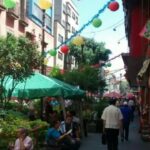
Nearest at 0.08 kms.
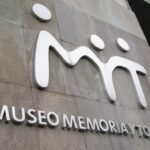
Nearest at 0.15 kms.
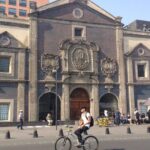
Nearest at 0.18 kms.

One of the most important sites in the city, even today, don't miss the chance to visit the Templo Mayor.
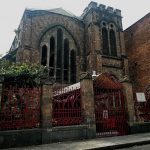
One of Mexico City's best loved old ruins of a church, this one's still got a story.
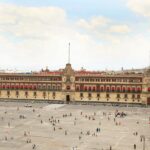
One of Mexico City's proudest, most enormous parts of history, the Palacio dominates the entire east of the Zocalo.

The first Cathedral to have been built in the Americas.
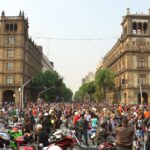
Among the earliest on the buildings on the Zócalo, it's still the seat of City government.